14 Best Data Modeling Tools for 2025
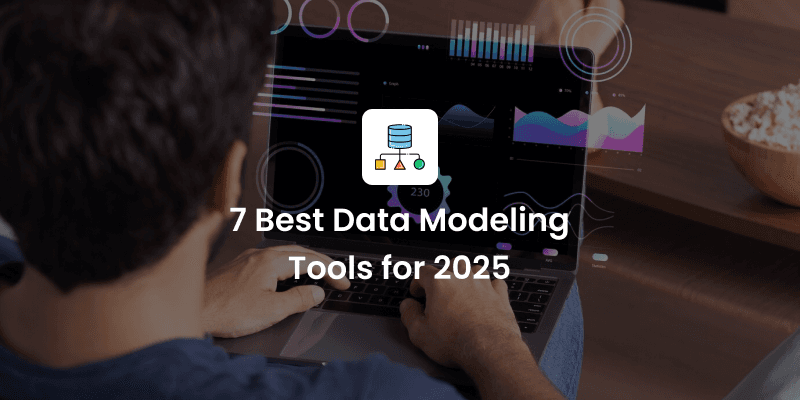
Introduction
In today’s data-driven world, efficient data modeling is the backbone of successful digital transformation. With businesses handling vast amounts of structured and unstructured data, having the right data modeling tool is no longer an option—it’s a necessity.
- As we step into 2025, organizations are looking for tools that offer: Seamless integration with modern databases (SQL, NoSQL, GraphQL)
- Automation and AI-driven insights for faster modeling
- Collaboration and cloud support for remote teams
- Scalability to handle ever-growing data volumes
Whether you're a data architect, business analyst, or developer, choosing the right tool can make or break your data strategy. In this guide, we explore 14 of the best data modeling tools that are shaping the future of database design, helping businesses streamline workflows, enhance data governance, and drive smarter decision-making.
Let’s dive in!
Best Data Modeling Tools
Erwin Data Modeler
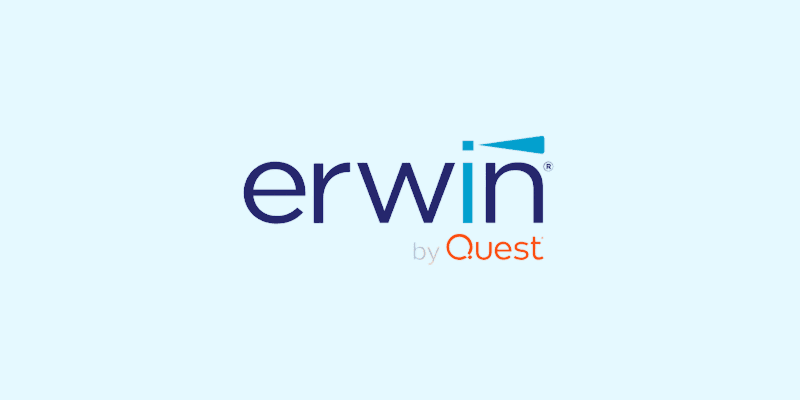
Best for: Enterprise data architecture and governance
Erwin Data Modeler remains a top choice for businesses looking to create and maintain high-quality data structures. It provides robust features such as:
Automated data modeling: Helps users create detailed data models with minimal manual effort.
Integration with major databases: Supports various relational and NoSQL databases for flexible connectivity.
Collaboration and version control: Enables multiple users to work on the same model while tracking changes.
Metadata management: Facilitates documentation and governance of data assets.
Data lineage tracking: Provides a complete view of data movement, ensuring transparency and compliance.
Erwin's advanced analytics and visualization tools make it ideal for large enterprises requiring detailed data governance.
IBM InfoSphere Data Architect
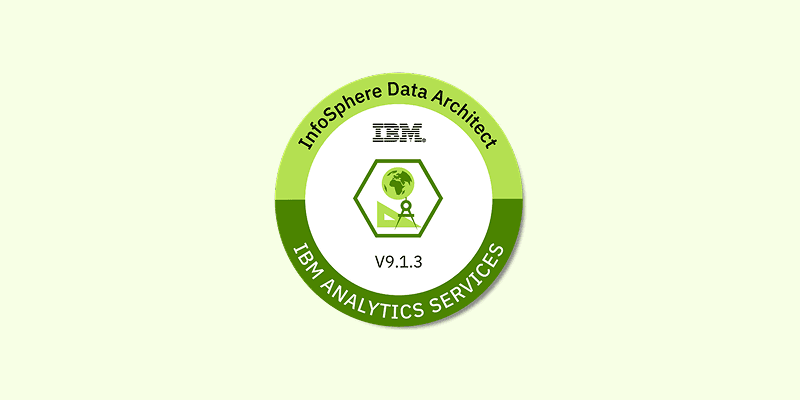
Best for: Large-scale enterprise data modeling
IBM InfoSphere Data Architect is a powerful solution designed for data integration and governance. It enables users to:
Design, deploy, and manage complex data models: Helps in building conceptual, logical, and physical data models.
Ensure consistency across various databases: Reduces redundancy and ensures data integrity across multiple sources.
Work with cloud and on-premise systems: Supports hybrid environments for scalable and secure data management.
Standardize business vocabulary and rules: Ensures uniformity in data definitions across the organization.
Seamless integration with IBM Cloud Pak for Data: Enhances AI-powered data management and analytics capabilities.
Its deep integration with IBM’s ecosystem makes it a preferred tool for enterprises utilizing IBM’s data management solutions.
SAP PowerDesigner
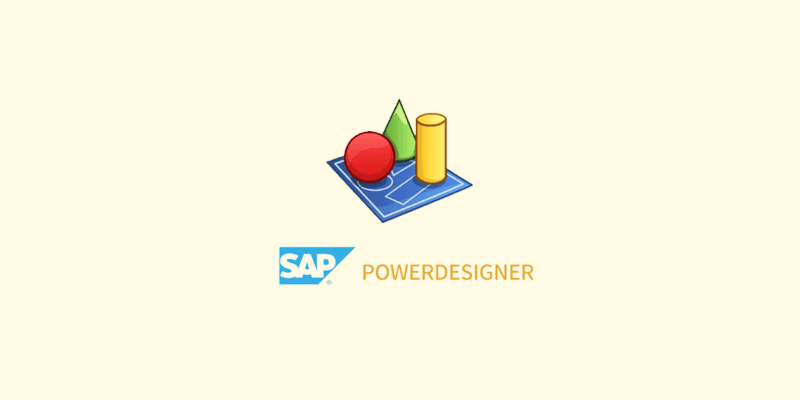
Best for: Data architects managing complex infrastructures
SAP PowerDesigner is widely recognized for its ability to handle enterprise-scale data modeling projects. Key features include:
Impact analysis for change management: Helps users understand how changes affect different parts of the data model.
Multi-model support (conceptual, logical, and physical models): Allows seamless transitions between different levels of abstraction.
Integration with SAP and third-party databases: Ensures smooth data flows across various applications and systems.
Enterprise Architecture Modeling: Enables businesses to align IT infrastructure with business goals.
Data dictionary management: Standardizes metadata and improves governance.
This tool is particularly beneficial for businesses using SAP solutions and seeking a unified data management approach.
Toad Data Modeler
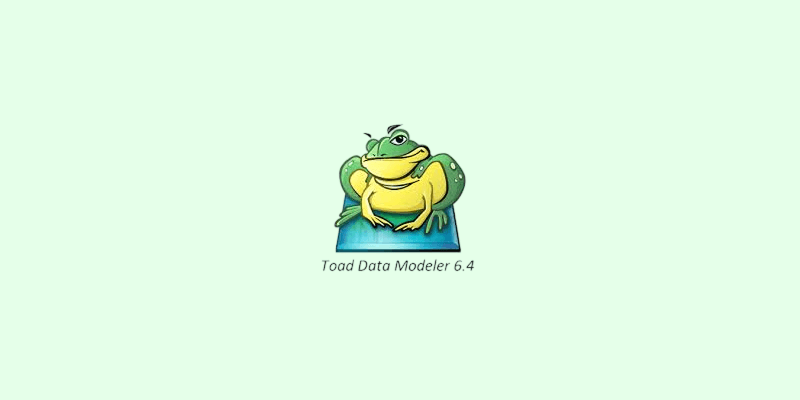
Best for: Small to medium businesses and database developers
Toad Data Modeler is known for its affordability and ease of use. It supports:
Automated database documentation: Generates detailed reports to facilitate database maintenance and audits.
Reverse engineering of database structures: Converts existing databases into models for better visualization and optimization.
Support for various SQL and NoSQL databases: Works with multiple platforms, making it a versatile tool.
Data synchronization capabilities: Helps keep database schemas aligned across environments.
Customizable templates and scripting: Allows developers to tailor database structures according to project needs.
Its user-friendly interface makes it a great choice for developers who need a lightweight yet powerful modeling tool.
Lucidchart
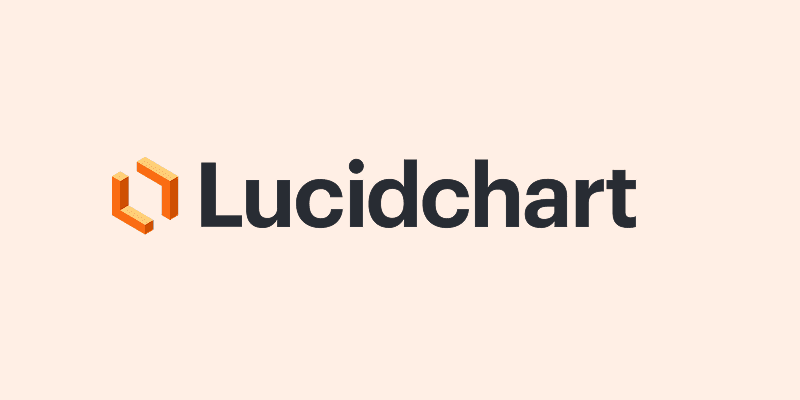
Best for: Collaborative data modeling and visualization
Lucidchart is an intuitive, web-based tool that offers excellent real-time collaboration capabilities. Features include:
Drag-and-drop data modeling: Simplifies the creation of entity-relationship (ER) diagrams and flowcharts.
Pre-built templates for ER diagrams: Accelerates the data modeling process with ready-to-use components.
Integration with cloud storage and productivity apps: Works with Google Drive, Confluence, and other collaboration tools.
Real-time team collaboration: Enables multiple users to edit and comment on diagrams simultaneously.
Export options for various formats: Supports PDF, PNG, SVG, and more for easy sharing and presentation.
Its simplicity and accessibility make it a popular choice for teams working on data visualization and modeling projects.
DBDesigner 4
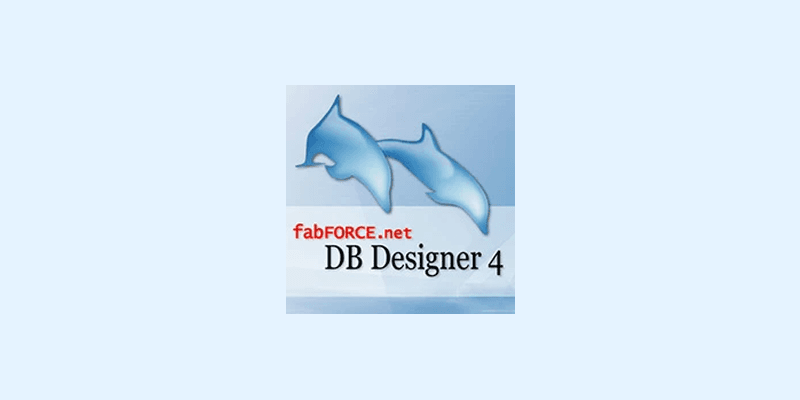
Best for: Open-source enthusiasts and startups
DBDesigner 4 is a free, open-source tool that provides essential data modeling capabilities. It offers:
Visual database design: Provides a graphical interface to create and modify database structures.
Forward and reverse engineering: Generates SQL scripts for database creation and extracts models from existing databases.
Support for MySQL, PostgreSQL, and other relational databases: Enables compatibility with widely used database platforms.
Collaborative features: Allows multiple users to work on a single model.
Schema comparison and synchronization: Ensures consistency between development and production databases.
For startups and small teams looking for a budget-friendly solution, DBDesigner 4 is a solid option.
SQL DBM
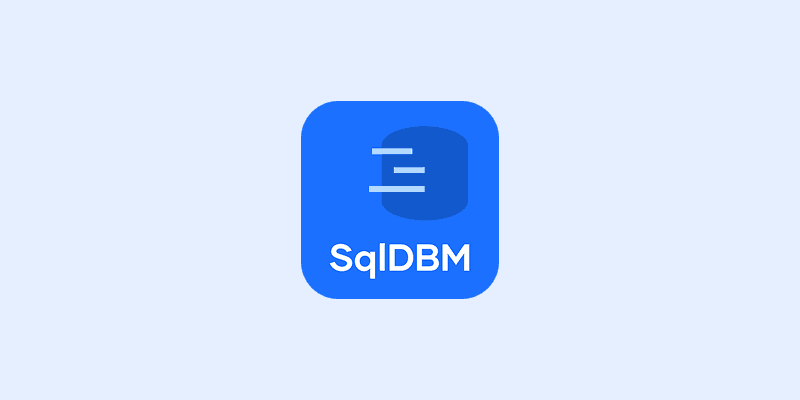
Best for: Cloud-based database modeling
SQL DBM is a web-based tool designed for designing databases without requiring software installation. Features include:
Seamless integration with cloud databases: Supports AWS, Azure, Google Cloud, and other cloud services.
Collaboration tools for teams: Allows multiple users to work on database models simultaneously.
Version control for data models: Helps track changes and revert to previous versions if needed.
Forward and reverse engineering: Enables easy modification of database schemas.
Cloud-native security features: Ensures data protection with robust access controls.
This tool is ideal for companies transitioning to cloud-based database solutions.
Oracle SQL Developer Data Modeler
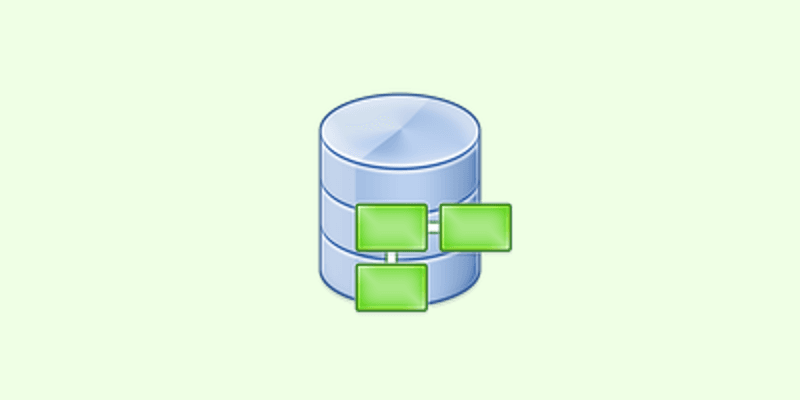
Best for: Oracle Database users and enterprises
Oracle SQL Developer Data Modeler is a robust tool designed specifically for Oracle Database environments. Key features include:
- Comprehensive ERD support: Enables users to create conceptual, logical, and physical models.
- Forward and reverse engineering: Generates DDL scripts and extracts models from existing databases.
- Integration with Oracle tools: Works seamlessly with Oracle SQL Developer, making it ideal for Oracle-centric enterprises.
This tool is perfect for organizations deeply integrated into the Oracle ecosystem.
ArchiMate (Archi)
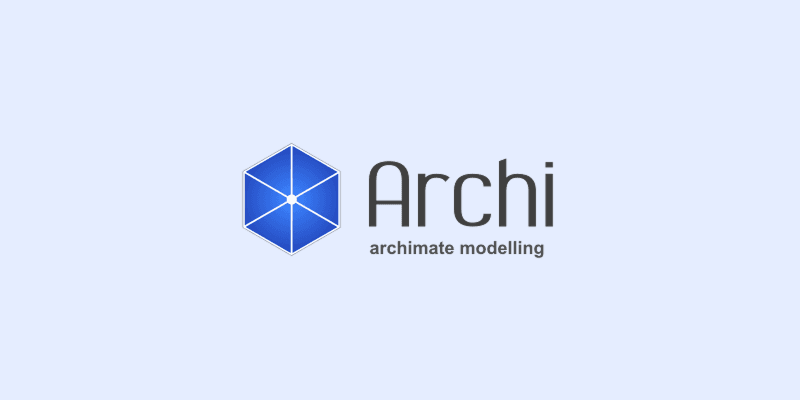
Best for: Enterprise architects focusing on business and IT alignment
Archi is an open-source enterprise architecture modeling tool that supports ArchiMate, a framework used by The Open Group. Features include:
- Business-to-IT modeling: Helps organizations visualize business processes, applications, and IT infrastructure in a unified model.
- Support for multiple modeling viewpoints: Covers strategic, operational, and technical layers.
- Export and report generation: Easily shares models with stakeholders in various formats.
This tool is best for large enterprises looking to bridge business strategy and IT implementation.
Hackolade
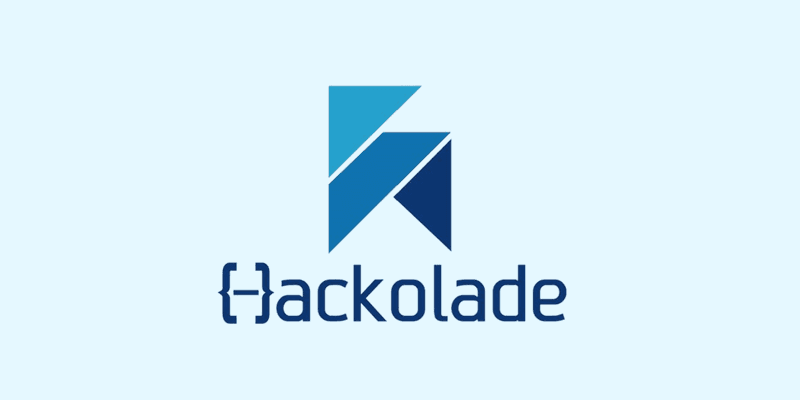
Best for: NoSQL and semi-structured data modeling
Hackolade is a specialized tool for NoSQL databases like MongoDB, DynamoDB, Firebase, and Cassandra. It supports:
- Schema design for flexible data structures: Helps model document-based and key-value databases.
- Graph database modeling: Works with Neo4j and Amazon Neptune.
- Reverse engineering for NoSQL: Allows users to extract models from existing semi-structured datasets.
If your organization is focused on NoSQL and modern cloud data solutions, Hackolade is a great fit.
GenMyModel
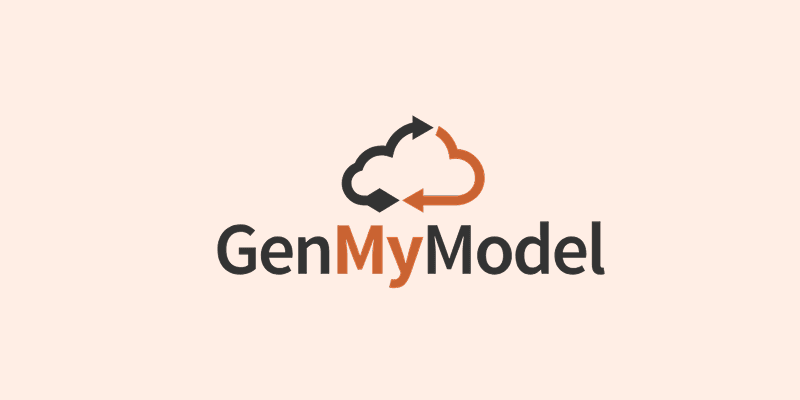
Best for: UML-based data modeling and cloud-based collaboration
GenMyModel is a cloud-native tool that supports UML, BPMN, and ERD modeling. It offers:
- Real-time team collaboration: Enables multiple users to work on the same model in real time.
- UML Class Diagrams & Entity-Relationship Diagrams (ERDs): Supports structured and object-oriented data modeling.
- Code generation for multiple languages: Exports models into Java, SQL, and XML formats.
Great for teams looking for agile, cloud-based modeling workflows.
Visual Paradigm
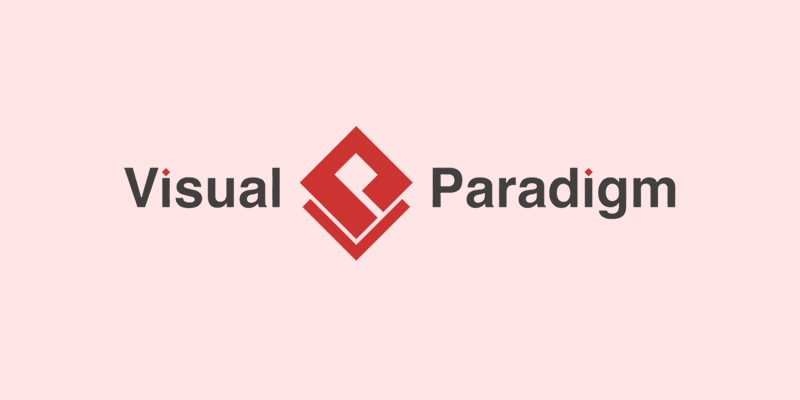
Best for: Business process modeling and database design
Visual Paradigm is an all-in-one tool that combines business process modeling and data modeling. It provides:
- Support for ERD, UML, and BPMN: A powerful solution for end-to-end business and IT alignment.
- Process automation features: Helps design workflows and simulate business operations.
- Code engineering & database synchronization: Keeps models and database schemas in sync.
This tool is best for organizations that require both business process modeling and database design.
Astah Professional

Best for: Agile teams and software developers
Astah Professional is a lightweight tool tailored for agile teams working with UML and ERDs. Key features include:
- Drag-and-drop ERD modeling: Simplifies the design process for developers.
- Mind mapping integration: Helps visualize project ideas and requirements.
- Code engineering for Java and SQL: Generates scripts for rapid development.
It’s a great choice for software development teams working with agile methodologies.
Moon Modeler
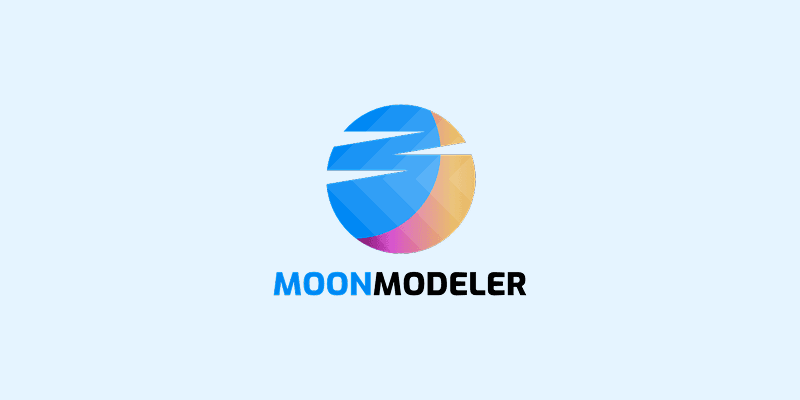
Best for: GraphQL, MongoDB, and PostgreSQL users
Moon Modeler is a visual database modeling tool tailored for modern databases like GraphQL, MongoDB, and PostgreSQL. Features include:
- Schema visualization for GraphQL APIs: Helps developers design API structures.
- Support for JSON-based databases: Works with MongoDB and Firebase.
- Reverse engineering capabilities: Extracts models from existing database structures.
This is perfect for startups and SaaS businesses building applications on modern database technologies.
Key Takeaways
- For relational databases, tools like Oracle SQL Developer Data Modeler, MySQL Workbench, and ER/Studio provide robust schema design and SQL generation.
- For NoSQL and modern cloud-based architectures, solutions like Hackolade, Moon Modeler, and MongoDB Compass offer schema visualization for flexible and JSON-based databases.
- For enterprise architecture and business process modeling, ArchiMate, SAP PowerDesigner, and Visual Paradigm help align IT with business strategy.
- For agile and collaborative development, Lucidchart, GenMyModel, and Astah Professional offer lightweight, cloud-based solutions for real-time teamwork.
- With AI-driven automation, cloud-based collaboration, and the rise of NoSQL and GraphQL schemas, the landscape of data modeling is evolving. Selecting the right tool depends on your project requirements, database type, collaboration needs, and future scalability goals.
No matter your choice, a well-structured data model remains the backbone of any successful application or enterprise data strategy.
Conclusion
As businesses continue to generate and manage vast amounts of structured and unstructured data, choosing the right data modeling tool is crucial for ensuring efficiency, scalability, and accuracy.
In this blog, we explored a diverse range of tools, from traditional relational database modelers like IBM InfoSphere Data Architect and Toad Data Modeler, to NoSQL-focused tools like Hackolade and Moon Modeler. Additionally, we highlighted cloud-based and collaborative tools such as GenMyModel and Lucidchart, along with enterprise-focused solutions like ArchiMate (Archi) and SAP PowerDesigner.
